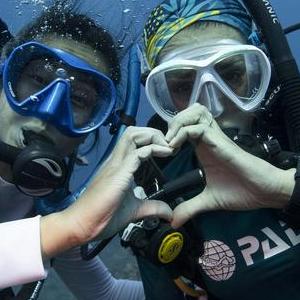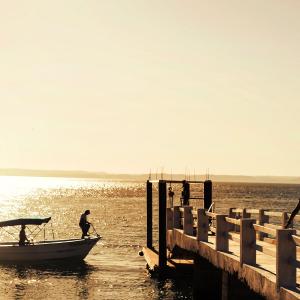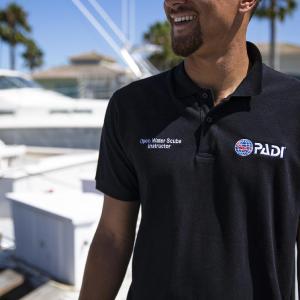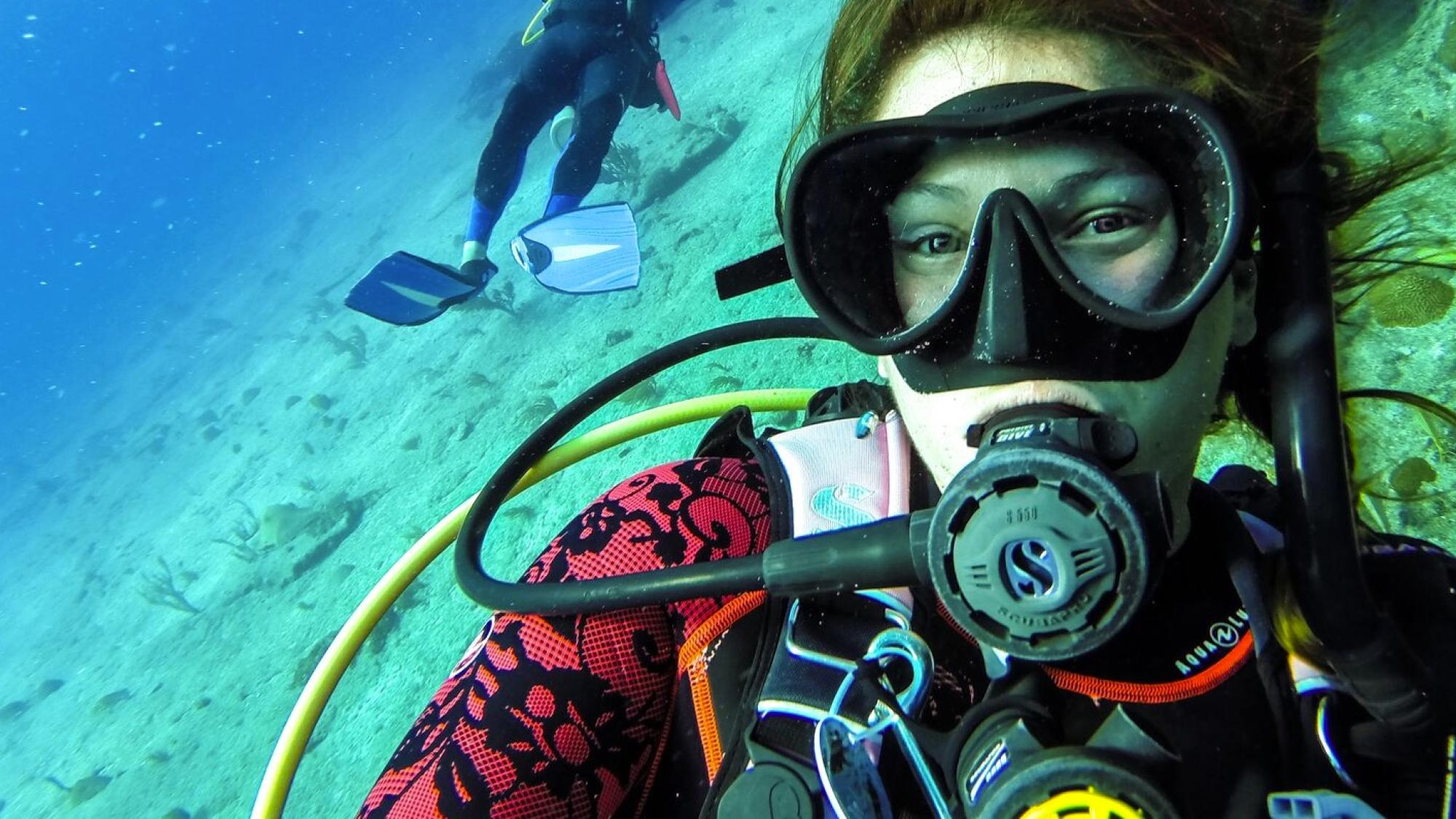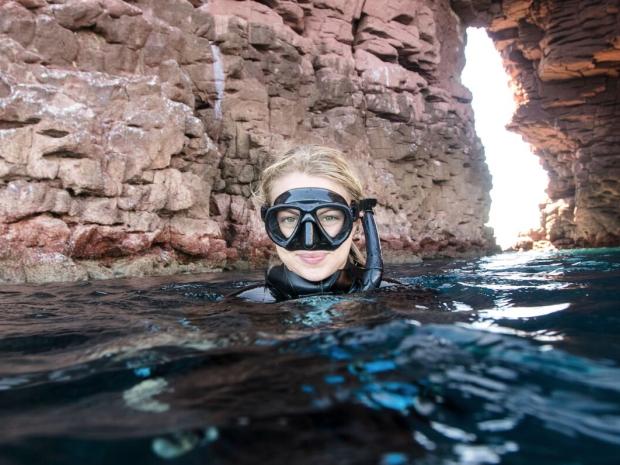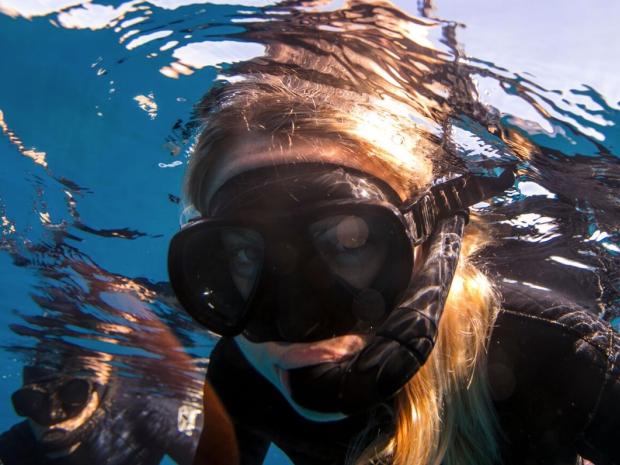調節器能讓你在水下呼吸。它是安全潛水的重要裝備。
描述
仔細想想,能在水下呼吸實屬奇蹟,而這一切全仰賴調壓器。水肺調壓器這項偉大發明,能將水肺氣瓶中的空氣精準調節至適合呼吸的狀態輸送至您體內。前往《潛水雜誌》網站,一站式掌握頂級調節器裝備的全方位資訊,包含選購指南、產品對比評測與操作教學。
水肺調節器是潛水裝備的核心樞紐,串聯多項裝備——將您的水肺氣瓶、浮力控制裝置(BCD)、 潛水壓力錶、備用氣源與您本人。初次透過調節器在水下呼吸的體驗令人難忘——那份悸動永存心間。然而當你沉浸於潛水探險時,很快就會忘記調節器仍在口中——正因如此,你需要可靠且呼吸順暢的調節器,才能真正忘卻它的存在。請造訪你的PADI潛水中心或度假村,獲取調節器選購建議。
Standard Features
- 第一級調節器 – 連接至水肺氣瓶閥門,將氣瓶壓力降至中壓並分配至多條軟管。
- 第二級調節器 – 用於呼吸的咬嘴。亦稱需求閥,因其能在您需要時(吸氣)提供精準調節的呼吸壓力,確保舒適呼吸。
- 備用氣源 – 額外配有呼吸嘴,便於在協助其他潛水員時共享氣源。有時備用二級頭會整合於浮力控制裝置(BCD)的充氣閥中。
- 低壓BCD充氣閥 – 透過低壓軟管連接至第一級。若穿著乾式潛水衣,則需另接一條充氣軟管。
- 水下壓力錶(SPG) – 連接於第一級的高壓接口,精確監測氣瓶剩餘氣壓。
Optional Features
- 調壓器可透過 DIN(螺紋式)或 Yoke(支架式)系統連接氣瓶閥門。另有轉接器可使 DIN 調壓器與 Yoke 閥門相容。
- 環境密封裝置能防止鹽分、沉積物及其他污染物進入第一級,並有助於避免內部元件在低溫環境下凍結。
- 多數調節器可適用於富氧空氣(EANx),但部分製造商要求其調節器須符合氧氣服務標準,方能使用氧氣濃度超過22%的氣體。
- 可調式二級頭能精準調節呼吸阻力,確保呼吸始終順暢無阻。
- 潛水/預潛開關可暫時降低二級頭敏感度,防止氣體自由流動。
- 部分型號提供二級頭腋下軟管配置選項。
- 另可選配不同款式的咬嘴、排氣三通接頭及軟管。
How to Choose
您在PADI潛水中心或度假村所見的潛水調節器皆屬優質產品。關鍵在於選擇能滿足您潛水環境所需性能,且可於當地潛水機構輕鬆維修的調節器。
- 請PADI潛水中心人員展示符合需求的頂級調節器。
- 確認當地氣瓶普遍採用 DIN 接頭或 Y 型接頭,並選擇具備相同接頭規格的調節器。
- 全面評估調節器套裝組件,確保第一級調節器具備足夠且配置合理的接頭。
- 要求將您首選的調節器連接氣瓶進行呼吸測試,並檢查咬嘴貼合度。
- 試用數款調節器後,依據個人使用感受挑選最合適的單品或完整套裝。
Maintenance
- 您的調壓器及所有配件應由專業潛水員在您附近的PADI潛水中心或度假村進行組裝與檢查。
- 請立即向製造商註冊保固。
- 添購固定夾防止軟管下垂,並為所有軟管加裝保護套以延長使用壽命。
- 潛水結束後請盡快以淡水輕柔沖洗調節器。務必將第一級防塵蓋牢固裝回,沖洗時切勿按壓排氣按鈕。
- 將調節器置於陰涼處徹底晾乾,避免陽光直射。
- 收納時讓軟管形成寬大平緩的弧度,避免緊繃的環狀或彎折。盡可能保持平放狀態。
- 請依據製造商規範安排專業保養,若發現損壞跡象、呼吸阻滯或漏氣現象,應提前送檢。請聯繫您的PADI潛水中心或度假村,設定定期保養提醒服務。

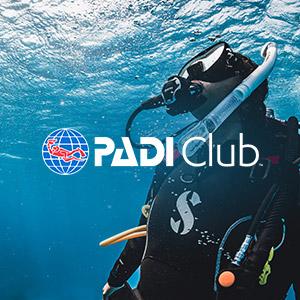
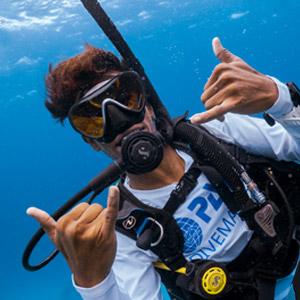

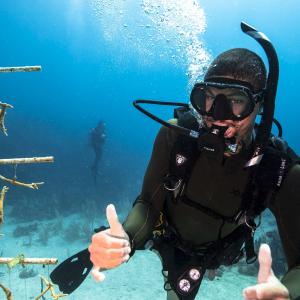
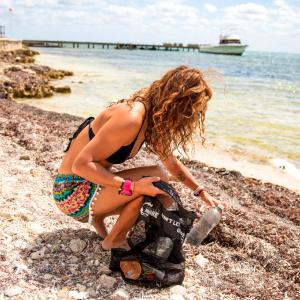

 海洋垃圾
海洋垃圾
 鯊魚和鰩魚保護
鯊魚和鰩魚保護
 收養一個潛點
收養一個潛點

